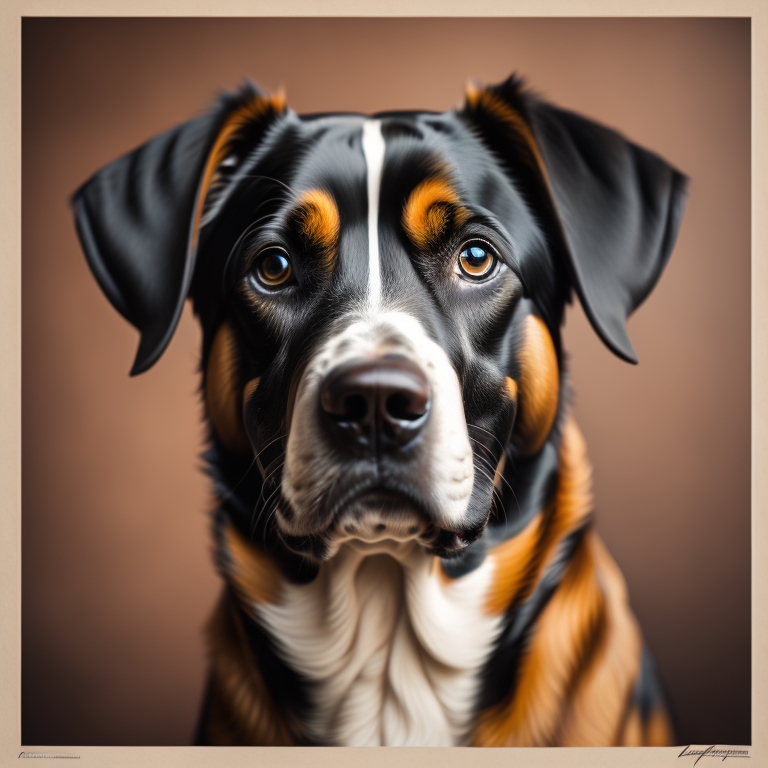Unveiling the Thorns: Are Roses Toxic to Dogs?
Roses, with their velvety petals and captivating fragrance, have long been a symbol of love and beauty. As gardeners and flower enthusiasts cultivate these exquisite blooms, pet owners may find themselves questioning whether the allure of roses extends to their canine companions. In this comprehensive exploration, we uncover the truth about roses and their potential toxicity to dogs.
The Rose Garden: A Flourish of Beauty
Clue 1: In the human world, roses adorn gardens, weddings, and special occasions. But how do these iconic flowers fare in the canine realm?
Answer: While roses are not inherently toxic to dogs, there are considerations and precautions that pet owners should be aware of.
The Thorns of Caution: Potential Risks
Clue 2: Beyond the aesthetic appeal, roses come with thorns. How do these thorns factor into the safety of roses for our four-legged friends?
Considerations:
- Thorn-Related Injuries: The thorns on rose stems can cause injuries to a dog's paws, mouth, or digestive tract if ingested.
- Deterrent Measures: Some dogs, especially curious puppies, may be tempted to chew on or play with rose stems. In such cases, using thornless varieties or taking precautions to keep dogs away from thorny stems is advisable.
Floral Flavors: Can Dogs Consume Rose Petals?
Clue 3: Roses are not just visually appealing; they also have a distinctive taste and aroma. Can dogs safely consume rose petals?
Solution: Yes, dogs can eat rose petals in moderation, provided they are free from pesticides and other chemicals.
Considerations:
- Pesticide-Free Petals: Ensure that the roses have not been treated with pesticides or other harmful chemicals. Organic roses or those specifically labeled as safe for consumption are ideal.
- Moderation is Key: While a few petals may be safe for dogs, moderation is crucial. Excessive consumption can lead to digestive upset.
Aromatic Oils: The Scent of Caution
Clue 4: Beyond the petals, roses are also prized for their aromatic oils, often used in perfumes and essential oils. How do these fragrant elements affect dogs?
Considerations:
- Use Caution with Essential Oils: Direct application of concentrated rose essential oils on a dog's skin or fur can lead to irritation or allergic reactions. Always dilute essential oils and consult with a veterinarian before using them on or around pets.
- Inhalation Concerns: While the scent of fresh roses is generally harmless, exposure to strong fragrances, especially in confined spaces, may cause discomfort for dogs with sensitive respiratory systems.
Real-life Encounters: Dogs and Roses
Clue 5: Real-life tales often provide valuable insights. Let's explore a couple of anecdotes involving dogs and roses.
1. Daisy's Thorny Misadventure: Daisy, an adventurous Golden Retriever, found herself entangled in a thorny bush of roses while exploring the backyard. Her owner, Tom, had to carefully remove the thorns from Daisy's fur and paws. Since then, Tom has opted for thornless rose varieties in the garden to ensure a safer environment for Daisy.
2. Max's Petal Party: Max, a playful Beagle, discovered the joy of chasing rose petals as they fluttered in the breeze. His owner, Sarah, noticed Max munching on a few petals but observed no adverse effects. Sarah, however, ensures that the roses in her garden are pesticide-free to minimize any potential risks.
Conclusion: Navigating the Rosebush of Safety
As we navigate the rosebush of safety for our canine companions, it becomes evident that roses, with their thorns and fragrant allure, can coexist harmoniously with dogs when approached mindfully. The key lies in understanding potential risks, taking preventative measures, and monitoring our pets for any signs of discomfort or injury.
While roses are not inherently toxic to dogs, responsible pet ownership involves making informed choices. Opting for thornless varieties, ensuring pesticide-free petals, and using caution with essential oils are essential steps to create a pet-friendly floral environment. Real-life stories remind us of the individuality of dogs and the importance of tailoring our approach based on their personalities and behaviors.
So, the next time you tend to your rose garden or receive a bouquet of roses, you can do so with the knowledge that, with proper precautions, your canine companion can coexist safely with these iconic blooms. As you revel in the beauty of roses, may you and your furry friend enjoy a garden of love and safety.

